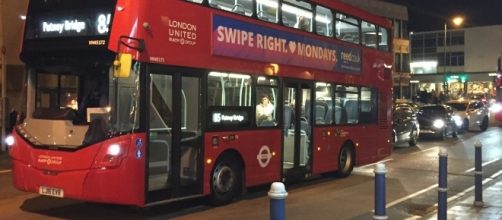London mayors have been plagued in recent years with the monumental task of tackling London’s ever-growing pollution problem. It only took London only five days to hit the European Union’s CO2 emission limit.
So what’s the case for Improving Air Quality in London?
There are a number of reasons why Brits should care about the air their breathing, and in most cases they do. Over two-thirds of Londoners believe that there should be more government action was taken to deal with the significant environmental and public health issues that have arisen due to the pollution of nitrogen oxides, especially nitrogen dioxide (NO2), from the combustion of fossil fuels, and in most cases tend to disproportionately affect lower income areas.
There have been a number of studies that have linked high levels of NO2 to cases of long irritation, increase the likelihood of respiratory infections. And long term exposure in many cases leads to premature death. According to a 2010 study by researchers at Kings College London, nearly 9500 people die, and there are over 3400 hospital admissions each year in London in cases linked to long-term exposure to Air Pollution. In a study by the Policy Exchange, they calculated that the total economic cost associated with this estimate is around £3.7 billion. Nearly 3.8 million work in areas about the legal limits, which is about 44% of the workday population.
Got your attention?
Now the study also cited that these were cases of death were caused by two key pollutants: fine particles known as PM2.5s (which include fine particles like dust, soot, and other materials) and nitrogen dioxide.
Last year, the same university that found that Oxford Street was the worst street in the world for nitrogen dioxide emissions.The main contributors were diesel cars, lorries, and buses. Now London isn’t alone, Birmingham and Leeds were also in breach of the safety limits set by the EU.
What’s being done?
And these studies aren’t in vain. With the research to back them up, the Supreme Court charged the government with the monumental moral, legal, and viable necessity of cleaning up its act. And the current Mayor Sadiq Kahn campaigned on the promise to do something about it. Over the next few years, he will institute Ultra Low Emission Zones throughout London where all vehicles operating within the zone must meet emission standards set by the city’s government.
Included in this overhaul is a government grant to help commuters purchase plug-in-cars.
The introduction of a clean bus corridor and an upgrade in the bus fleet are being tried out in some of London’s worst pollution areas. The most recent of which is taking place on Putney High Street. As of the 10th of March, one of London’s worst offenders has been set with the task of testing out the city’s first “Low Emission Bus Zone.” All buses that operate on Putney High Street, must meet lower emissions standards. Nearly 150 buses have been retrofitted with anti-pollution systems. Brixton and Streatham are next to follow. There are plans to restructure the flow of traffic as well which should cut an estimated 84% of the nitrogen dioxide emissions.
And thanks to Wandsworth Council, the area has some of the best technology for monitoring PM2.5s and nitrogen dioxide so it will be easier to assess the effects of these solutions.
Now, Take a Deep Breath
There will be a tightening of emissions standards throughout London and an increase in investment for upgrading the bus fleet throughout Central London. Kahn has promised that from 2018, only to buy hybrid or zero-emission buses for Transport for London. In an article for the Evening Standard, he said, “I am absolutely committed to speeding up our efforts and making sure I do everything possible to improve air quality in the capital.” It’s safe to say we have a long way to go, but the suggestions by this and other studies, it’s clear that Londoners have a reason to hope to breathe a little easier.

